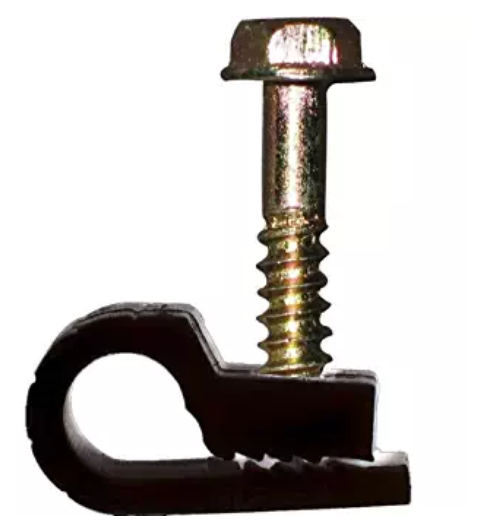- Joined
- Mar 26, 2014
- Messages
- 9,865 (2.39/day)
- Location
- Washington, USA
| System Name | Veral |
|---|---|
| Processor | 7800x3D |
| Motherboard | x670e Asus Crosshair Hero |
| Cooling | Thermalright Phantom Spirit 120 EVO |
| Memory | 2x32 Neo Forza |
| Video Card(s) | Powercolor 7900XTX Red Devil |
| Storage | Crucial P5 Plus 1TB, Samsung 980 1TB, Teamgroup MP34 4TB |
| Display(s) | Acer Nitro XZ342CK Pbmiiphx, 2x AOC 2425W, AOC I1601FWUX |
| Case | Fractal Design Meshify Lite 2 |
| Audio Device(s) | Blue Yeti + SteelSeries Arctis 5 / Samsung HW-T550 |
| Power Supply | Corsair HX850 |
| Mouse | Corsair Harpoon |
| Keyboard | Corsair K55 |
| VR HMD | HP Reverb G2 |
| Software | Windows 11 Professional |
| Benchmark Scores | PEBCAK |
Okay so my roomie gave me the go to where I can run a cable under the house and into my room so I can just wire my room up off my router or even much better wireless. Anywho the cable will be outside and has to be able to take on the elements of the evil outdoors so here I am asking for help on picking out a cable.
Now three people on the forum have been to my place of computer hell and anyone that knows Western Washington can get an idea of what the weather is. I'm guessing I'll need a 50ft cable to reach (unless a 25 would work, haven't measured) and I'm clueless on brands.
Tl;dr what's a good 50ft shielded ethernet cable.
Now three people on the forum have been to my place of computer hell and anyone that knows Western Washington can get an idea of what the weather is. I'm guessing I'll need a 50ft cable to reach (unless a 25 would work, haven't measured) and I'm clueless on brands.
Tl;dr what's a good 50ft shielded ethernet cable.




